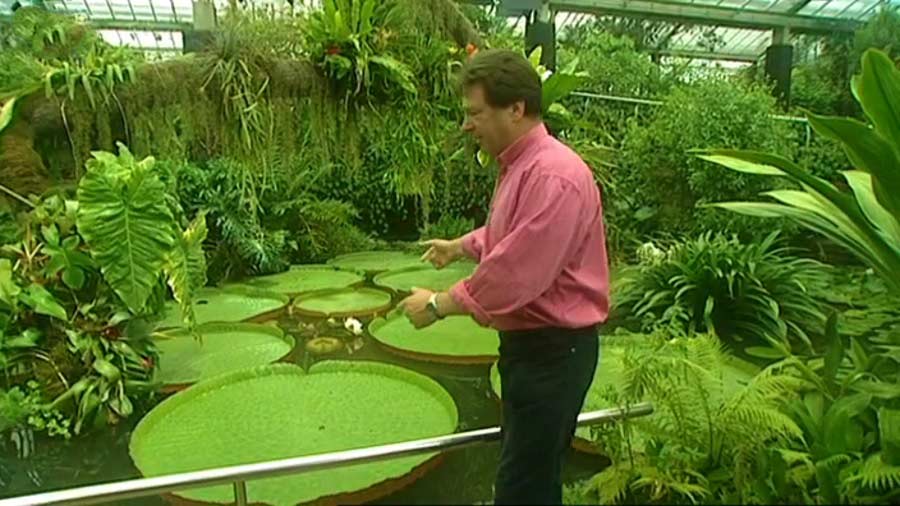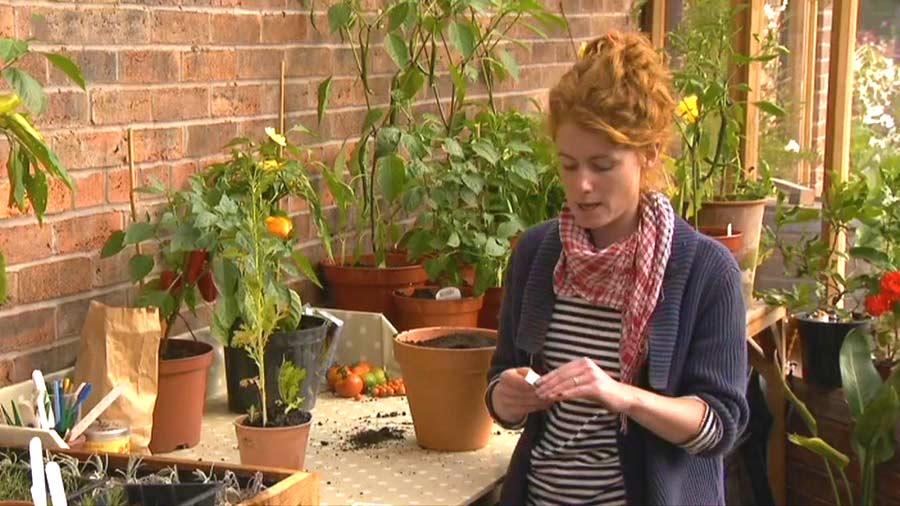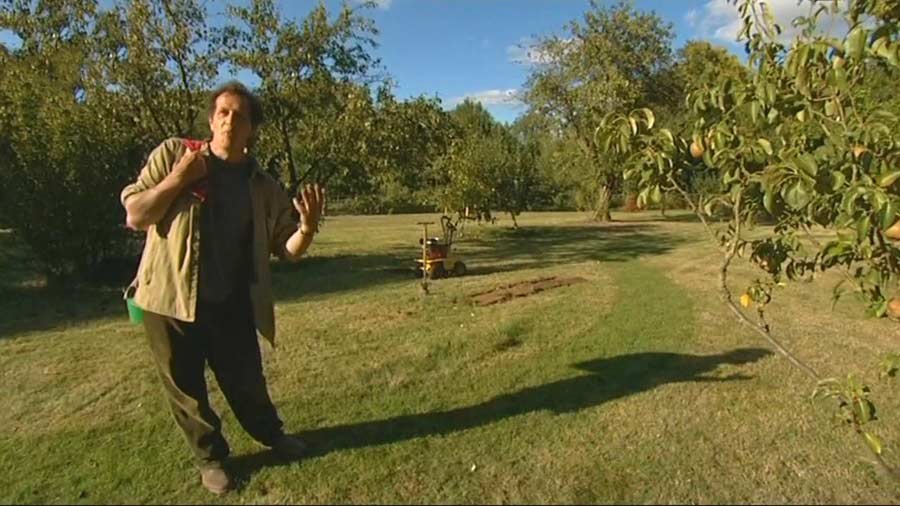The A to Z of TV Gardening – Letter K: Carol Kirkwood takes an alphabetical journey through the world of gardening, getting inspiration and advice from some of the BBC’s most popular garden presenters and programmes.
In this episode, she is exploring subjects that all begin with the letter K: kiwi plant, kew gardens.
The A to Z of TV Gardening – Letter K
Kew Gardens
Kew Gardens is a botanic garden in southwest London that houses the “largest and most diverse botanical and mycological collections in the world”. Founded in 1840, from the exotic garden at Kew Park in Middlesex, England, its living collections includes some of the 27,000 taxa curated by Royal Botanic Gardens, Kew, while the herbarium, which is one of the largest in the world, has over 8.5 million preserved plant and fungal specimens. The library contains more than 750,000 volumes, and the illustrations collection contains more than 175,000 prints and drawings of plants. It is one of London’s top tourist attractions and is a World Heritage Site.
Kew Gardens, together with the botanic gardens at Wakehurst in Sussex, are managed by the Royal Botanic Gardens, Kew, an internationally important botanical research and education institution that employs over 1,100 staff and is a non-departmental public body sponsored by the Department for Environment, Food and Rural Affairs.
The Kew site, which has been dated as formally starting in 1759, though it can be traced back to the exotic garden at Kew Park, formed by Henry, Lord Capell of Tewkesbury, consists of 132 hectares (330 acres) of gardens and botanical glasshouses, four Grade I listed buildings, and 36 Grade II listed structures, all set in an internationally significant landscape. It is listed Grade I on the Register of Historic Parks and Gardens.
Kiwi plant
Kiwi, (Actinidia deliciosa), also called kiwifruit or Chinese gooseberry, woody vine and edible fruit of the family Actinidiaceae. The plant is native to mainland China and Taiwan and is also grown commercially in New Zealand and California. The fruit has a slightly acid taste and can be eaten raw or cooked.




